Table of Contents
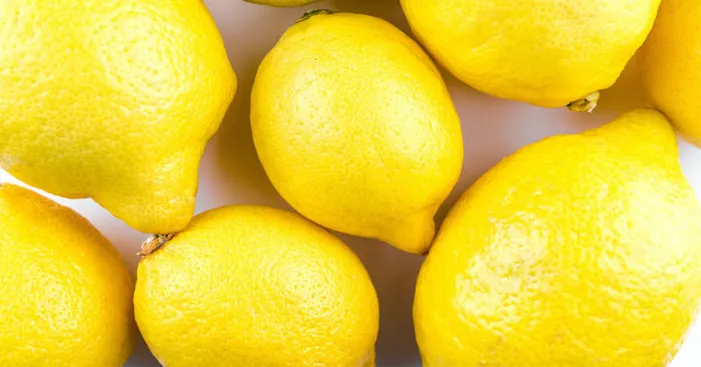
Are you looking to add a zesty, zingy twist to your dishes? Then look no further than the vast array of lemon types available!
From the common Eureka lemon to the unique Meyer lemon, each type of lemon has its own distinct flavor and can add a unique flavor to whatever you’re cooking.
In this blog post, we’ll explore the different types of lemons and the best ways to use them.
So get ready to learn about the wonderful world of lemons!
One most famous lemon type are Eureka lemons which are the classical yellow ones that we find in our local stores. (1)
But first, were did lemons come from?
Lemon in ancient cultures:

Lemon existed in almost all the ancient cultures such as Romans, Greeks, and even Egyptians.
However, little historical evidence exists to confirm that, except on mosaics of those times.
Uncertainly, the ancient Citrus Medica “citron” could be the one drawn in the old mosaics as it was famous globally for its medicinal properties. (2)
Due to the invasions and climatic changes, the lemon perhaps disappeared from Europe a few times, only to be reintroduced later.
After the barbarian invasions in the 4th century, the Egyptians took control of the trade in the Mediterranean basin. (3)
Egyptians spread lemon across the Mediterranean except for the Italian and French coasts which were still under the control of the Roman Empire.
Finally, during the crusades, Europeans discovered citrus fruits and developed their own lemon recipes. (4)
From that time on, people created greenhouses, under the name “orangeries”, to grow orange and lemon trees.
In the 15th century, it was Christopher Columbus who carried lemons into the Americas. (5)
Types of lemon:
Menton lemon:
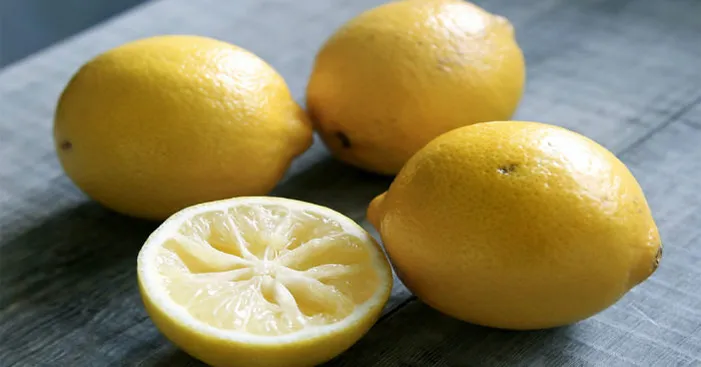
This type of lemon has yellow fragrant skin and a unique sweet flavor, unlike most lemons.
For more than 100 years, people in Menton-France celebrated the “Lemon Festival” (mid-February to Early March) where few enthusiasts cultivate this rare type. (6)
Menton lemons are larger than classical ones with a thicker skin and contain more sugar than strawberries which gives them a unique sweet & sour taste. (7)
As for the tree, it flourishes in temperate climates and produces all-year-round with up to 80Kg of oranges per year.
The uses of this type of lemon vary from making liqueurs or jams to using its thick skin full of essential oils as a zest for salads or cakes.
Bergamot lemon:

This type of lemon comes from the bergamot tree which only grows on the Calabrian coast (Italy). (8)
Some researchers believe that bergamot lemon is a cross between a lime and a bitter orange. (9)
Bergamot lemon looks like an orange with green flesh and thick yet smooth skin that turns yellow when ripe.
This lemon can be anywhere between 80 and 200g and when it’s peeled it gives a strong citrus scent.
Few stories talk about this type of lemon as some believe that bergamot is originally from the East.
The story says that crusaders brought the fruits and its name is from the Turkish word “beg armudi” which means “pear of the God”. (10)
On the other hand, others believe Columbus brought bergamot from the Canary Islands and Spain.
However, the most realistic story would be that Spaniards planted them in the City of Berga (North Barcelona) originally and that’s how they got their name.
According to the legend, on a full moon, Bergamot trees allow us to see the place of fairies.
However, the bergamot lemon has two ends, one is pointed and the other is round.
The skin of this type of lemon is slightly orange in color and tastes acidic but the inside is sweet.
Bergamot lemon is yummy peeled in a salad or squeezed to make a refreshing juice.
Also, the bark of bergamot is good to make herbal teas, perfumes, and cosmetic products.
In addition, they can also be made into jellies, jams…
Meyer lemon:
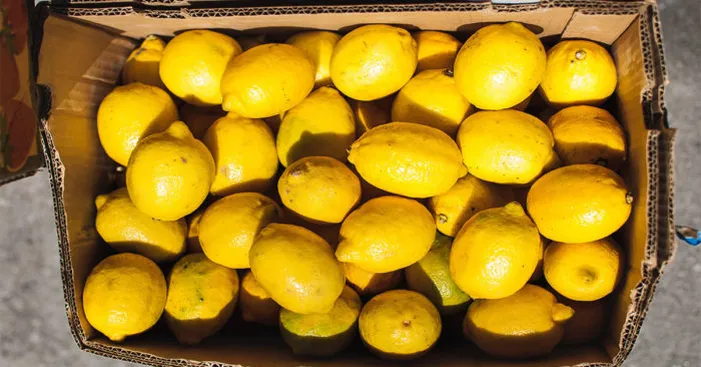
The Meyer lemon is a type of lemon that originated first in China and brought to the USA back in 1908 by.(11)
Some believe that it’s the product of a cross between tangerine and lemon.
Meyer lemon tree has two different flowering periods: Autumn and Spring.
The picking season of Meyer lemons starts in November and lasts till March which makes it a great asset to many cuisines.
This type of lemon turns yellow when it ripens and has very thin and smooth skin.
Also, the inside of a Meyer lemon is super juicy and less acidic compared to the classic sourness of lemons.
As for usage, Meyer lemon is the perfect one to choose from for any citrus or lemon recipe.
It is also the perfect lemon to make a lemon meringue pie, cake, candied lemon, granite, or sorbet. (12)
In the USA, Meyer lemons are among the 3 most consumed types of lemons in the United States alongside Eureka and Lisbon lemons. (13)
Kaffir lime:
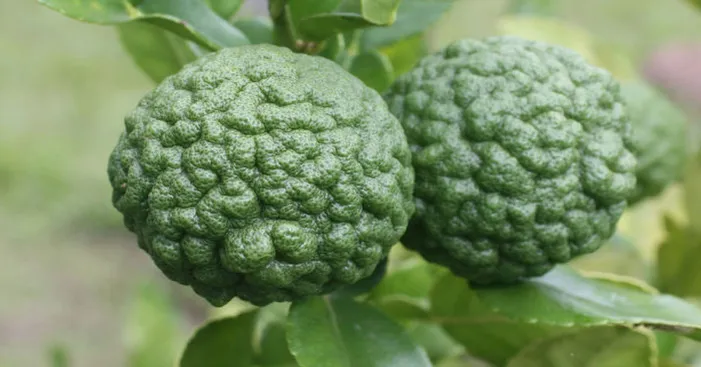
This type of lemon is native in Thailand where everyone calls it “Makrut” lime. (14)
Kaffir is not its original name, but it is the name known throughout the world of this type of lemon.
It comes from a tree that belongs to the Citrus Hystrix tree which flourishes in tropical regions.
In the 18th century, this lemon reached the Indian Ocean in Mauritius and all across tropical regions in Asia. (15)
Kaffir lemon has a very intense aroma that resembles lemongrass.
Mostly used for its zest and leaves, Makrut lime enhances the taste of any dish with its citrus flavor.
In the kitchen, Kaffir lemon is one of the most abundant ingredients in the Indian Ocean and Thai cuisines.
Indians and Thai people use the zest of Kaffir lemon in chili sauces and tomato sausage rougails.
Unlike most lemons, Asians harvest Kaffir lemons when they are green before they ripen and that’s when their concentration is at its peak.
Thanks to its intense taste, it can spice up dishes and it combines best with soy sauce, coconut milk, or lime.
Lemon of Sorrento:
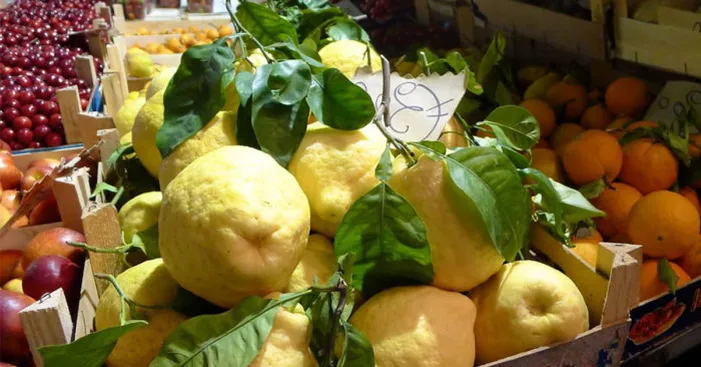
This type of lemon comes from Italy, specifically from the Sorrento peninsula of Naples province.
Unlike most types of lemon, this one contains few seeds but still holds on to a juicy sweet pulp.
The Sorrento lemon weighs about 3oz (85g) and it’s among the medium to large size lemons.
Italians cultivated these trees a long time ago, maybe even before A.D!
In fact, there are historical traces of this citrus tree presented in mosaics in the archaeological area of Pompeii. (16)
With an intense citrus fragrance, Sorrento lemon is sour but sweet with a thin outerlayer.
People in the Sorrento peninsula eat this type of lemon raw and sometimes with sprinkled sugar powder on its peel.
It is also present in most of the dishes that come from that region especially delizia al limone, sorbetto al limone and baba al limoncello. (17)
Not just used for desserts, Sorrento lemons are also exceptional for appetizers.
They are also good for lemon peel and parsley, pappardelle with ricotta cheese, or conchiglie with fresh tomato and lemon. (18)
Also, this type of lemon is present in cosmetics as a main ingredient in many face masks and creams.
Citron:
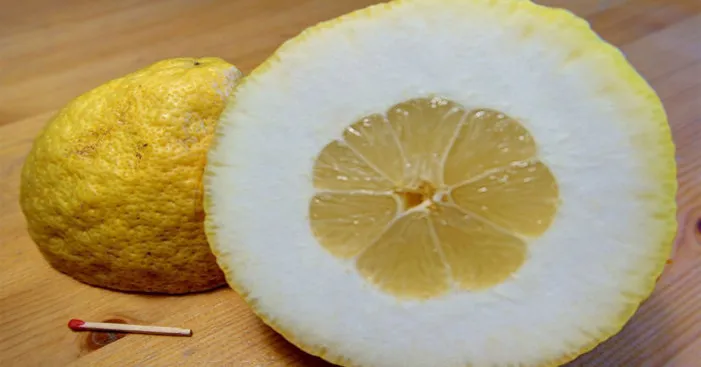
This next lemon type comes all the way from South-East Asia more particularly from India.
Citron is the first type of citrus tree that spread throughout Asia and then Europe 300 years B.C. (19)
The origins of the name “citron” come from its rough and thick peel that smells like “cedar”.
Throughout the world, citron is considered the ancestor of all lemon types from which humans developed other cultivars. (20)
A citron fruit is larger than the classical lemons with an oval shape and can reach up to 10 inches (25cm) and weighs up to 9lbs (4Kg).
Even though its pulp is not very juicy, the perfume of its zest is very pleasant.
Nowadays, the main producers of citron are Morocco, Italy, Tunisia, Algeria, and South America. (21)
As for the use of citron, its peel is mostly candied and used in confectionery, pastry, or decorative purposes.
Additionally, some people use citron to make jam, jelly, or as an essence for perfumery.
Eureka lemons:

This type of lemon was born in LA California back in 1858 by germinating seeds of an Italian citrus fruit. (22)
Eureka lemons exist across the world, but the biggest producer is the United States as the 4th producer of lemons worldwide. (23)
In Spain, the peak of the harvesting period of Eureka lemons is from October to February, although this tree produces all year round.
Considered among the 4 season types, Eureka tree flowers all year round, having both flowers and fruits at the same time.
Outside of the Mediterranean region, Eureka lemons are the most popular worldwide.
When it ripens, Eureka lemons have an intense yellow color and an acidic juicy fragrant skin perfect for many recipes.
Since it’s the most abundant type globally except in the Mediterranean basin, Eureka is almost the main type of lemon used in any lemon recipe.
Yuzu lemon:

This type of lemon is native to South-East Asia and is the product of a cross between a wild mandarin and Citrus tree. (24)
Unlike other types of lemon, the term “Yuzu” is the name of the fruit and the tree as well!
Yuzu lemons have a very particular taste which is a combination of yellow grapefruit, lime, and mandarin.
In Japanese cuisine, people make condiments from yuzu lemon peel and juice from its pulp to use for seasoning.
Also, the well-known Japanese “Ponzu” sauce contains sudashi, bigarade, and yuzu lemons.
In addition to those recipes, people in Japan also use Yuzu lemons to make jams and cakes or a liqueur called “yuzukomachi”. (25)
Another addition to the many uses of yuzu lemons in Japan is the Yuzukosho “yuzu-chili” sauce made of yuzu lemon peel and green chili.
Moving to Korean cuisine, people use yuzu lemons to make jam-like syrup made of sugar, honey, and slices of yuzu.
Then, just a teaspoon of this syrup in one cup of hot water makes a “Yujacha” drink as a natural remedy for colds.
Many chefs in the US and other Western countries started using yuzu lemons as a secret ingredient in their recipes (26)
Yuzu is now present in many drinks as a natural flavor for Schweppes lemon, Henniez, teas, and beers.
Buddha’s hands:

This type of lemon is so unique and doesn’t look like any type of lemon or even fruits in general!
Budha’s hands are an aromatic citrus fruit that is among the types of citron lemon.
Unlike most lemons, this type doesn’t grow on a tree but on a small tree or bush that has long branches.
The fruit of Buddha’s hands lemon is shaped like finger-like sections and has a thick skin non-juicy and weakly acidic.
Chinese and Japanese use this type of lemon for its aromatic properties to enhance the scent of room and clothes.
In addition to its aromatic properties, Buddha’s hands’ lemons are a perfect offering in Buddha’s temple. (27)
According to the belief, Buddha prefers the “finger-like” shape of the fruit to be in such position that they resemble a closed hand, which resembles the act of praying.
As for kitchen uses, the taste of this fruit’s inside is not sour like all citrus fruits.
Thanks to that, chefs cut the fingers of this fruit with their peel on and then slice it in salads or sprinkled on a fish dish.
Although the shape of this fruit is very unique, it is a genetic mutation due to chance!
Sudachi lemon:
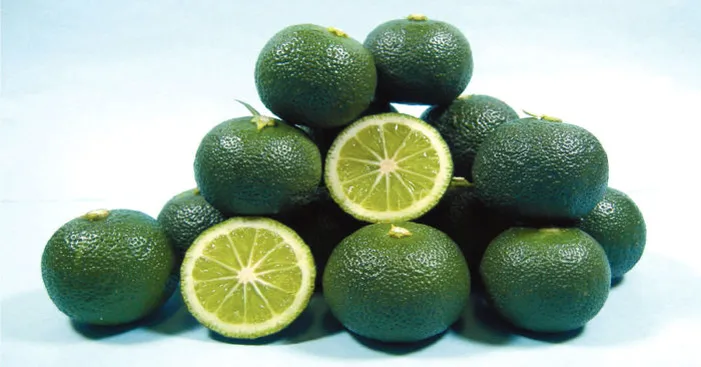
This next type of lemon is from Japan and people harvest it when its green in September.
As a specialty for the Tokushima Prefecture, its juice is used instead of vinegar in some recipes. (28)
The degree of acidity of Sudachi lemons is perfect for grilled dishes such as fish, mushrooms…
Sudachi lemon is also another ingredient of the Ponzu sauce alongside Yuzu and Bigarade types. (29)
In Japan, you can find many products made with Sudachi lemon including ice cream, drinks, and even vodka.
Compared to the Yuzu type, Sudachi is definitely more acidic and fits perfectly with seafood and many other dishes.
When you make juice made from this type of lemon, its acidity keeps its freshness and taste for a long time.
Japanese people believe that the Sudachi is the best type of lemon and almost every fish dish in Japan contain this lemon.
Caviar lemon:
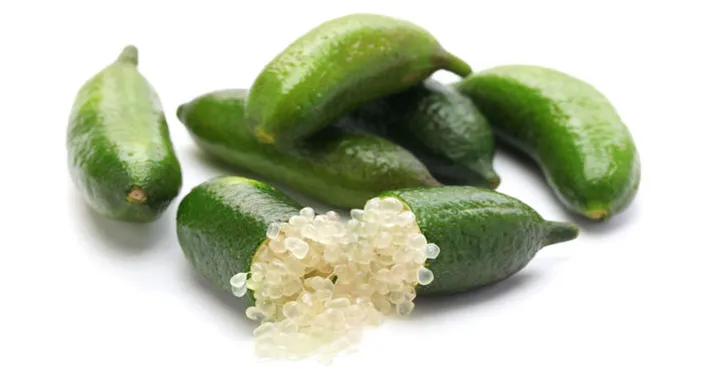
This type of lemon goes by the scientific name “Microcitrus australasica “comes in a strange shape, unexpected from a lemon! (30)
Caviar lemons grow on a bushy small tree that grows in the lowland of the rainforest in East Australia.
However, it is extremely hard to obtain this type of lemon as it is very rare.
It grows in length and has an elongated shape and an acidic flavor that resembles that of a grapefruit.
In fact, a caviar lemon can reach up to 4 inches (10cm) in length and have a similar shape to that of a pickle.
As for the skin, it is the same as classic lemon skin and can be purple, brown, orange, red, black, green, or yellow.
The name of this type of lemon is because its inside which is a cluster of small capsules or beads that contains lemon juice, hence caviar lemon.
Once you chew on the inside of this lemon, the small pearly beads burst in your mouth with an intense lemony taste.
There is literally nothing more natural than caviar lemon to give dishes an original touch from nature.
Nevertheless, it is a little too acidic for some people and rather not consume it on its own.
Although, it is perfect to decorate sushi, salads, cocktails, and all fish dishes.
References:
(1): Citrus x limon ‘Eureka’ (Lemon) (gardenia.net)
(2): AGRUMED: Archaeology and history of citrus fruit in the Mediterranean – The history of Citrus medica (citron) in the Near East: Botanical remains and ancient art and texts – Publications du Centre Jean Bérard (openedition.org)
(3): Ancient Egypt for Kids: Greek and Roman Rule (ducksters.com)
(4): A LITTLE HISTORY OF CITRUS FRUITS AND AN EASY RECIPE – ART AND FOOD (artandfood-blog.com)
(5): Lemons – Sardegna – il Paradiso (sacontissa.ch)
(6): lemon festival france story – Google Search
(7): Did you know- Lemons contain more sugar than strawberries | PHARMA SYNTH FORMULATIONS LTD.
(8): Bergamot orange: planting, care & use – Plantura
(9): Citrus Bergamia – an overview | ScienceDirect Topics
(10): Why this should be your Gotu herb — Et in Arcadia (arcadiafinefoods.com)
(11): Frank N. Meyer · (usda.gov)
(12): Classic Lemon Meringue Pie – Sally’s Baking Addiction (sallysbakingaddiction.com)
(13): 4 Common Types of Lemons You’ll Find in Your Local Grocery Store – US Citrus
(14): Why the Name ‘Kaffir Lime’ Is Wildly Offensive to Many – Modern Farmer
(15): Kaffir Lime Tree: Growing Makrut Limes At Home – Epic Gardening
(16): Lemon of Sorrento (sorrentoinfo.com)
(17): Baba al Limoncello | CraftyBaking | Formerly Baking911
(18): Creamy Lemon Pasta Recipe – Andrew Zimmern (foodandwine.com)
(19): History of citrus (worldfoodwine.com)
(20): Phylogenetic origin of limes and lemons revealed by cytoplasmic and nuclear markers – PMC (nih.gov)
(21): Citron Citrus, varieties, production, seasonality | Libertyprim
(22): Microsoft Word – Eureka 9-02.doc (citrusaustralia.com.au)
(23): Top 10 Largest Lemon Producing Countries in the World – World Blaze
(24): Yuzu: origin, benefits, uses… (bienmanger.com)
(25): How to Cook with Yuzu – Great British Chefs
(26): Meet Yuzu Kosho, the Secret Weapon Condiment Chefs Are Putting On Everything | Bon Appetit
(27): Buddha’s Hand citron | Givaudan Citrus Variety Collection at UCR
(28): Sudachi Citrus Information, Recipes and Facts (specialtyproduce.com)
(29): ponzu-sauce
(30): BIO CAVIAR LEMON – RED FRUIT 250 Gr – Oscar Tintori – Nurseries Worldwide – Citrus Plants

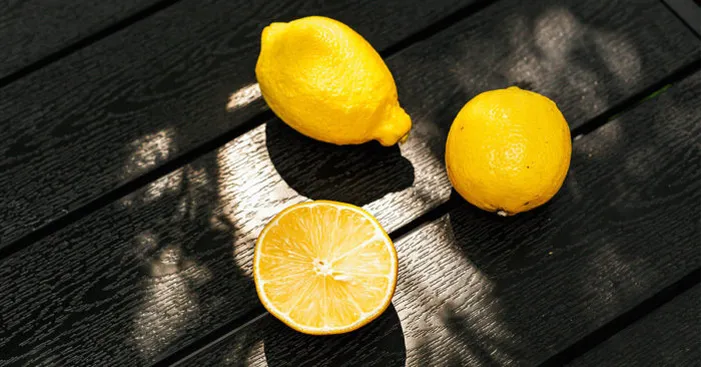
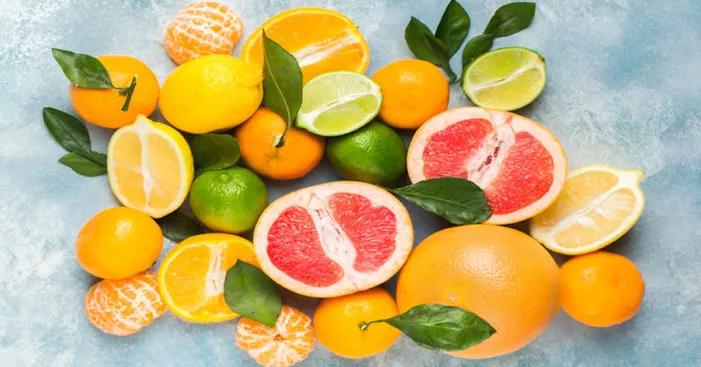
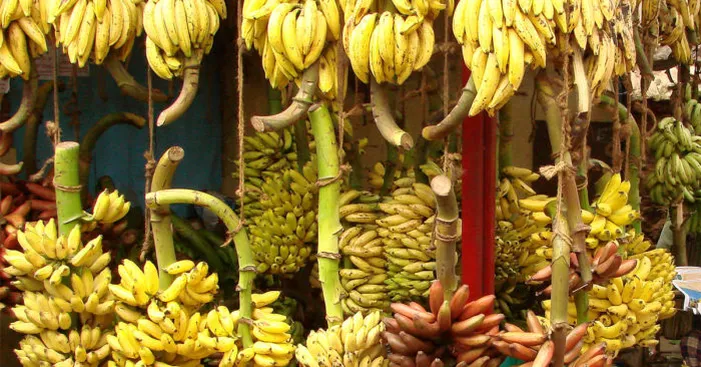

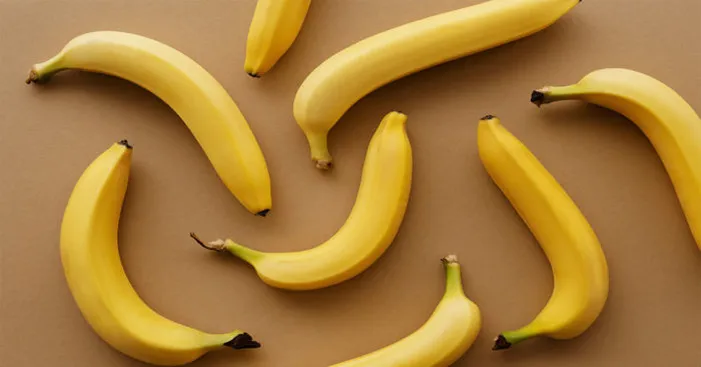
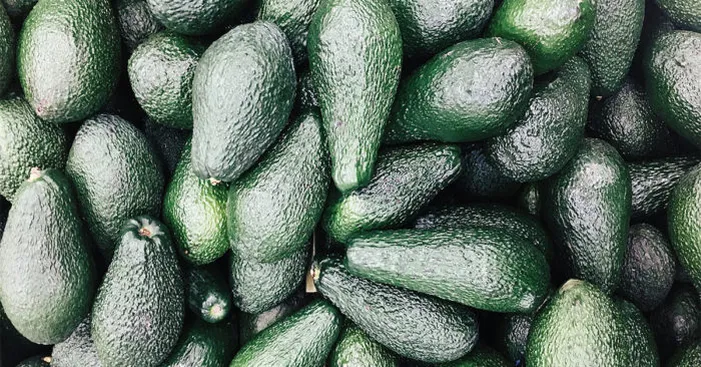
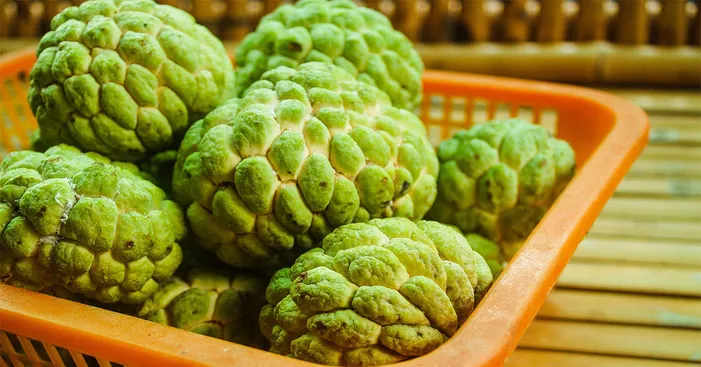
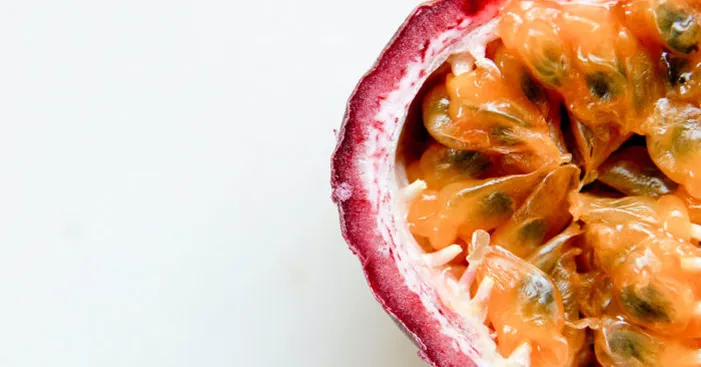
5p3fho
0higyz